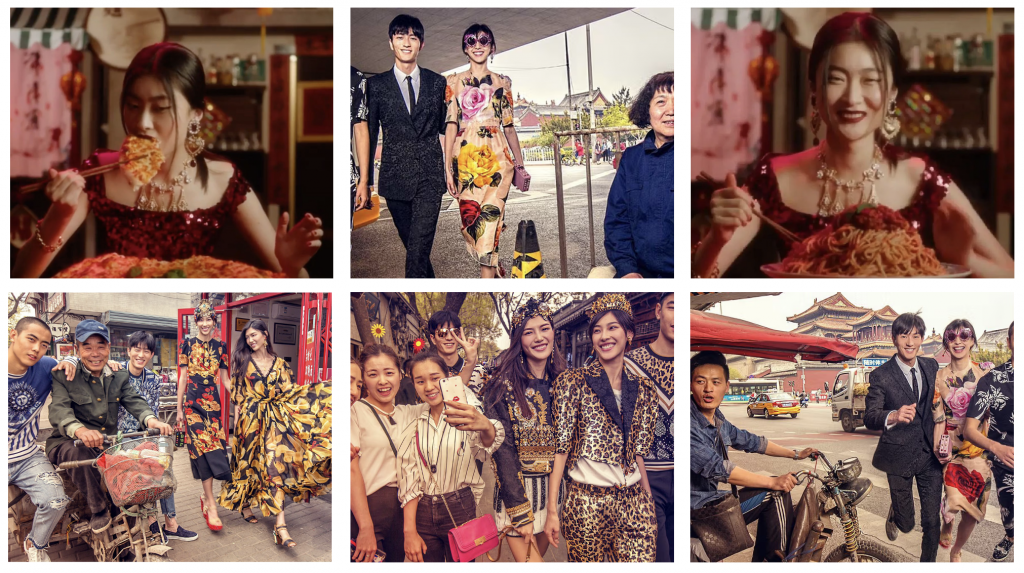These two words have appeared widely in recent years, also represent people’s concern and understanding of them. First of all, at the beginning of the project, I need to have a deeper understanding of culture appreciation and culture appropriation.
About Cultural Appropriation:
Cultural appropriation refers to the inappropriate borrowing, use or imitation of elements from one culture by another culture, usually involving issues of unequal power. The ambiguous verb “cultural appropriation” comes from the Latin ad propriare, which means “to make it your own.” It contains the concept of transforming something into something unique to oneself, so that it no longer belongs to or is loyal to the characteristics of the original source. Cultural appropriation may cause the traditions or customs of the original culture to be misunderstood and deprived of their original meaning in other cultures, and the people of the original culture may feel hurt or insulted. The harm caused by cultural appropriation should not be underestimated. It will eventually be desecrated by people and become a soul without a body. (Mishan, L. 2022)
About Cultural Appreciation:
Cultural appreciation is a sincere understanding, respect and admiration for elements of other cultures. It is also a way of interacting with another culture in a respectful and informed way. It is also often a recognition of the value and contributions of a particular culture. (YWCA, 2024)
Cultural Appropriation refers to mocking or making fun of a culture and using it for personal gain. Cultural Appreciation refers to borrowing from a culture and presenting it in a positive way rather than denigrating it. Because my research is related to the fashion industry, I also looked for fashion-related case studies. When I read the information on fashion websites, I found that most people still have polarized definitions of this term.
- Christian Dior

In Christian Dior’s 2022 autumn series, one item was quickly abused by Chinese netizens because it clearly copied the Chinese horse-faced skirt element. The Chinese horse-faced skirt originated in the Song Dynasty and has a history of more than a thousand years, but it only became popular among women during the Ming and Qing dynasties. This skirt has pleats on both sides and openings in the front and back, which is very suitable for riding. However, in the show notes of Christian Dior Artistic Director Maria Grazia Chiuri, it was stated that the series was intended to pay tribute to Christian Dior’s sister Catherine and was inspired by uniforms, especially school uniforms. (Corradini, 2022)

Afterwards, Christian Dior did not clarify or apologize for the incident, and such cultural appropriation quickly attracted the dissatisfaction of the Chinese people. Many Chinese people and supporters of Hanfu (Chinese traditional clothing) from various countries held protests, and Christian Dior quickly removed the product from the shelves. This also confirmed that Christian Dior admitted its cultural appropriation. (Cheung, 2024)
- Dolce & Gabbana

November 2018 – was supposed to be the big day for Dolce & Gabbana to hold a show in Shanghai, China, but the video uploaded by the brand on social media was full of cultural appropriation and extreme disrespect for Chinese culture, even discrimination. The model in the video used chopsticks in a weird way, which seemed to belittle Chinese culture. At the beginning of the video, the narrator pronounced the brand name “Dolce & Gabbana” in a slightly poor English pronunciation, mocking the pronunciation of Chinese people. You should know that people in China do not use chopsticks to eat pizza and pasta. They may want to use humor in the advertisement, but it is not well reflected. They underestimated the pride of Chinese people in their own culture.
The incident of Dolce & Gabbana made me fall into a new round of contemplation, “Do you think Chinese people should be more accepting of the Western fashion industry’s choice of Chinese images, or should the Western fashion industry be asked to consider the aesthetic standards of the majority of Chinese images?”.
- Dreadlocks
Dreadlocks hairstyle originated from the black community. Because of the drought, water shortage and poor sanitation in Africa, local people either shave their hair or braid it for health reasons. This is not easy to get dirty and can avoid insect harassment. However, in China, people are beginning to pursue this “fashion style”. Many netizens from China and foreign regions have also had in-depth discussions on Chinese social media. Some people think that this is disrespectful to other people’s culture, while others think that this does not violate cultural appropriation. The comments on this are quite polarized.
/cdn.vox-cdn.com/uploads/chorus_image/image/57035359/858073810.0.jpg)
Taiwan’s famous basketball player Jeremy Lin once got into a dispute with Kenyon Martin over dreadlocks. Kenyon Martin expressed confusion, bewilderment, shock, and disappointment. But Jeremy Lin responded to him, “I think as a minority, the more we appreciate each other’s culture, the greater our impact on mainstream society.” (Winfield, 2017)